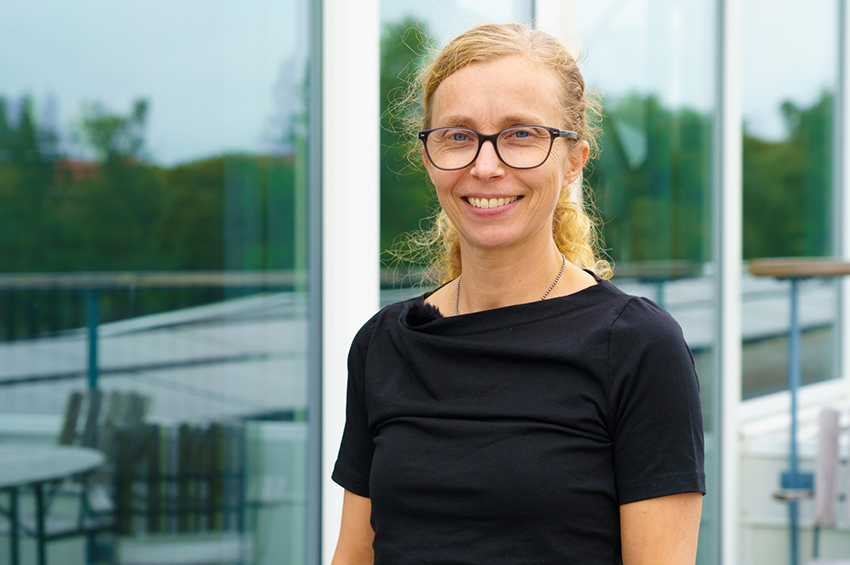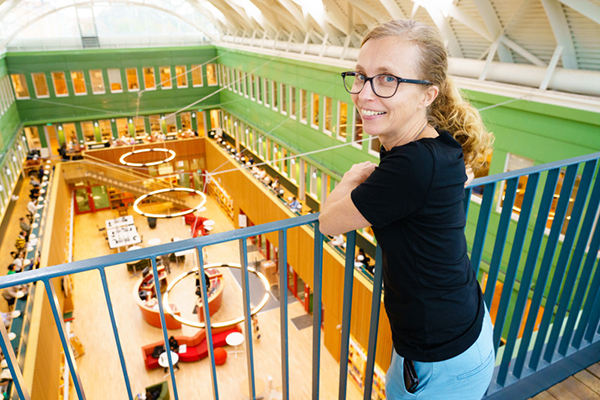Uppsala University has awarded the ‘Hjärnäpplet’ innovation prize since 2008. This year’s winner is Inger Persson, Associate Professor of Statistics and co-founder of the company AlgoDx.
“Receiving the ‘Hjärnäpplet’ prize is huge. There are so many talented researchers at this University, and the fact that I have done something that stands out is really cool,” says Persson.
Innovation that could save lives
Sepsis, or blood poisoning as it is commonly known, is a life-threatening condition that leads to the death of around 8,000 Swedes each year. It is estimated that around one third of all intensive care patients develop sepsis. Thanks to Inger Persson’s innovation, the AI algorithm 'NAVOY Sepsis', there is now a chance that these patients could be discovered in time.
“What we have done is develop a software, a mathematical algorithm, that can predict which patients in intensive care are at high risk of developing sepsis. We integrate our algorithm with the hospital’s electronic health record (EHR) system. The software reads the patient data in real time, processes it and calculates the risk of this particular patient developing sepsis.”
Much faster than a doctor
The algorithm takes into account some 20 parameters such as blood pressure, body temperature and blood test results. The software’s ability to quickly process this wealth of information and view how it changes over time can help doctors make the right diagnosis and start treatment in time – which is vital for patients at risk.
“Together with the Swedish Institute for Health Economics, we produced a health economic model and found that if we can bring the treatment forward by just a few hours, we can in principle save one patient’s life per day.”
NAVOY Sepsis is available for hospitals and EHR systems to purchase. Following an initial study phase at Södersjukhuset, integration is now underway at St Göran’s Hospital. As the EHR systems differ, the software has to be tailored to each hospital.
 Before joining the Department of Statistics, Persson worked in pharmaceutical development. Both skills came in handy in developing the algorithm, which they are now implementing in the healthcare sector. Photo: Marcus Holmquist.
Before joining the Department of Statistics, Persson worked in pharmaceutical development. Both skills came in handy in developing the algorithm, which they are now implementing in the healthcare sector. Photo: Marcus Holmquist.
Paves way for early detection of other diseases
When Inger Persson started the company with two partners, she took leave from her role at the Department of Statistics. She has now returned to the University and taken on an advisory role at the company AlgoDx.
The company currently has nine employees and another product in the pipeline – a similar algorithm that can be used to predict the risk of acute kidney damage. Persson believes that using AI to identify other diseases at an early stage will become more common in the future.
“There are many areas within healthcare where a similar solution could be used. This could be done on any scale.”
